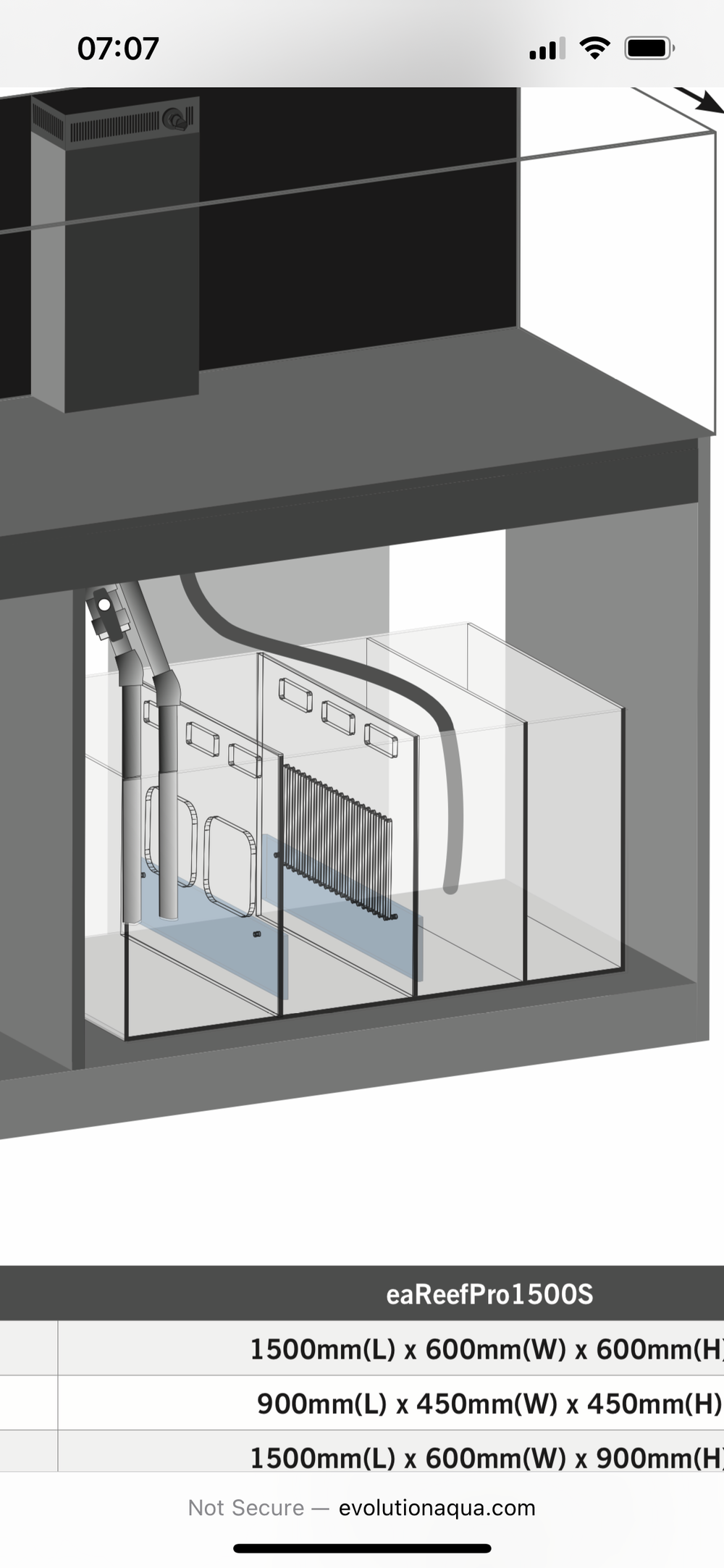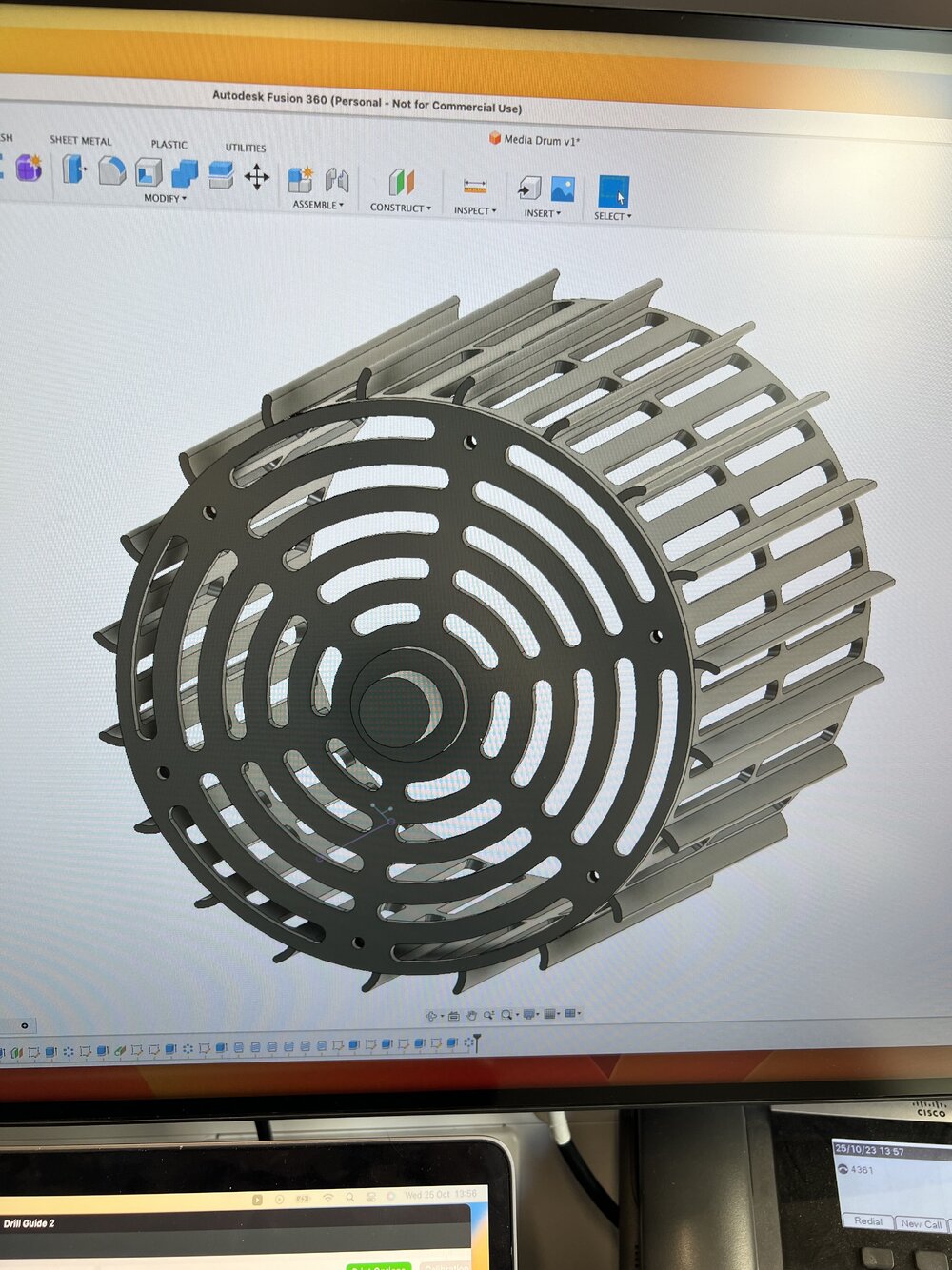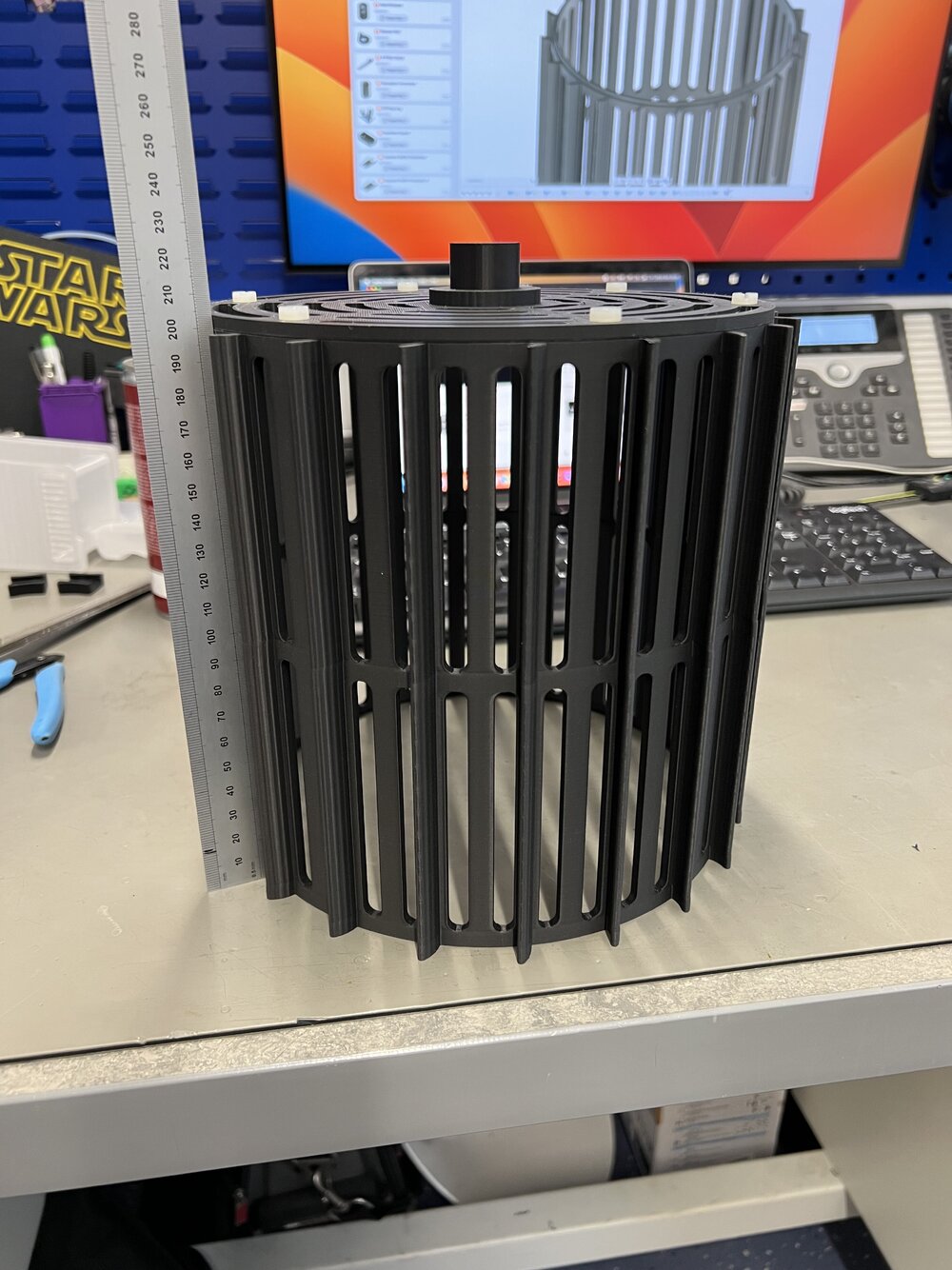DefconWombat
Member
Bare with me on this one.
As a mechanical fitter/tech/engineer person, I have a natural habit to make things completely over complicated and probably unnecessary a majority of the time.
I’m currently in the process of building my new system, this time with a first for me, a sump.
My original plan with regards to media was to go with a fluidised set up with something like K1. However I’m trying to make the whole system as quiet as possible so I started to lean towards a conventional “static bed”. Only problem I can see is the sump I have isn’t a labyrinth style. The water passes from one chamber to the next via grates and windows so it will just flow over the surface of the media bed.
Possible solution.
Create a free spinning vented drum packed with media, mounted horizontally with some neat little vanes so as the water flows it will rotate like a water wheel. This should insure that all the media gets a feeding whilst still being relatively silent.
Would having the top of it break the water surface have any benefits/consequences to bio health???
Thoughts on a postcard greatly welcome.
As a mechanical fitter/tech/engineer person, I have a natural habit to make things completely over complicated and probably unnecessary a majority of the time.
I’m currently in the process of building my new system, this time with a first for me, a sump.
My original plan with regards to media was to go with a fluidised set up with something like K1. However I’m trying to make the whole system as quiet as possible so I started to lean towards a conventional “static bed”. Only problem I can see is the sump I have isn’t a labyrinth style. The water passes from one chamber to the next via grates and windows so it will just flow over the surface of the media bed.
Possible solution.
Create a free spinning vented drum packed with media, mounted horizontally with some neat little vanes so as the water flows it will rotate like a water wheel. This should insure that all the media gets a feeding whilst still being relatively silent.
Would having the top of it break the water surface have any benefits/consequences to bio health???
Thoughts on a postcard greatly welcome.





